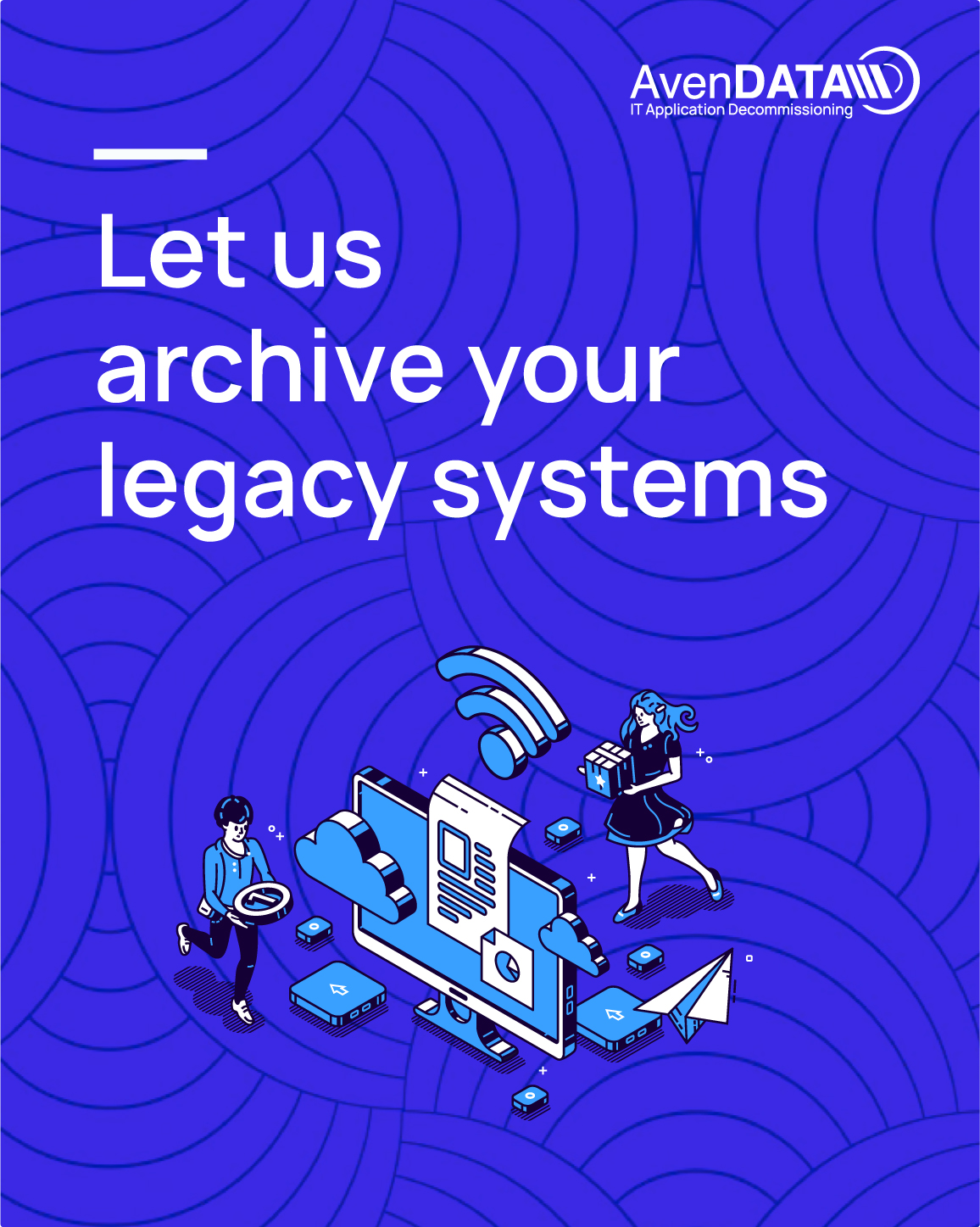IT Carve-outs - Challenges & Success Factors
By Avendata

Here are some challenges and success factors that play an important role in IT carve-outs:
1) Involving IT at early stages for better IT business alignment
2) Entrusting experienced employees with project management
3) Involving external consulting expertise
4) Choice of transformation software
When carving out corporate units, the focus lies on both restructuring existing system landscapes and data, as IT plays a crucial role in business activities.
It is essential to follow guidelines when selecting and migrating data to ensure smooth business operations and compliance with regulations, reducing the risk of penalties.
Involving IT early on allows for better alignment between IT and the business, ensuring a smooth reorganization plan and timely transfer of IT infrastructure, systems, and data.
Experienced employees with expertise in both IT and project management should be entrusted with project management responsibilities to address the challenges of transformation projects and ensure successful execution.
External consulting expertise provides competent support, helping companies manage the complexities and resource requirements of IT separation projects. They offer guidance in areas such as data migration, change management, and SAP carve-outs.
The choice of transformation software is crucial as it determines the nature of the data migration process and overall success of IT separations. Proper planning and selection of transformation software can avoid complications and predict effort and costs involved.
A fast, secure, and efficient implementation ensures organizational agility, positioning the company for future developments and providing resilience even during crisis times.
-
How Legacy Systems Work and Their Architecture
-
Legacy Systems in Digital Era:
-
SAP Carve-Out Guide: Definition, Process, Benefits
-
System Decommissioning: A Strategic Guide
-
20 Reasons why legacy ERP systems must be archived and data should not be deleted
-
IT Mergers and Acquisitions: The ABCs of a Successful Integration
-
Mastering IT M&A and Carve-Outs: Addressing Pain Points with Practical Solutions
-
Modernizing Legacy Systems: A Strategic Guide for IT Company Owners
-
The importance of legacy systems is steadily increasing
-
Ten Key Questions with Emanuel Boeminghaus



